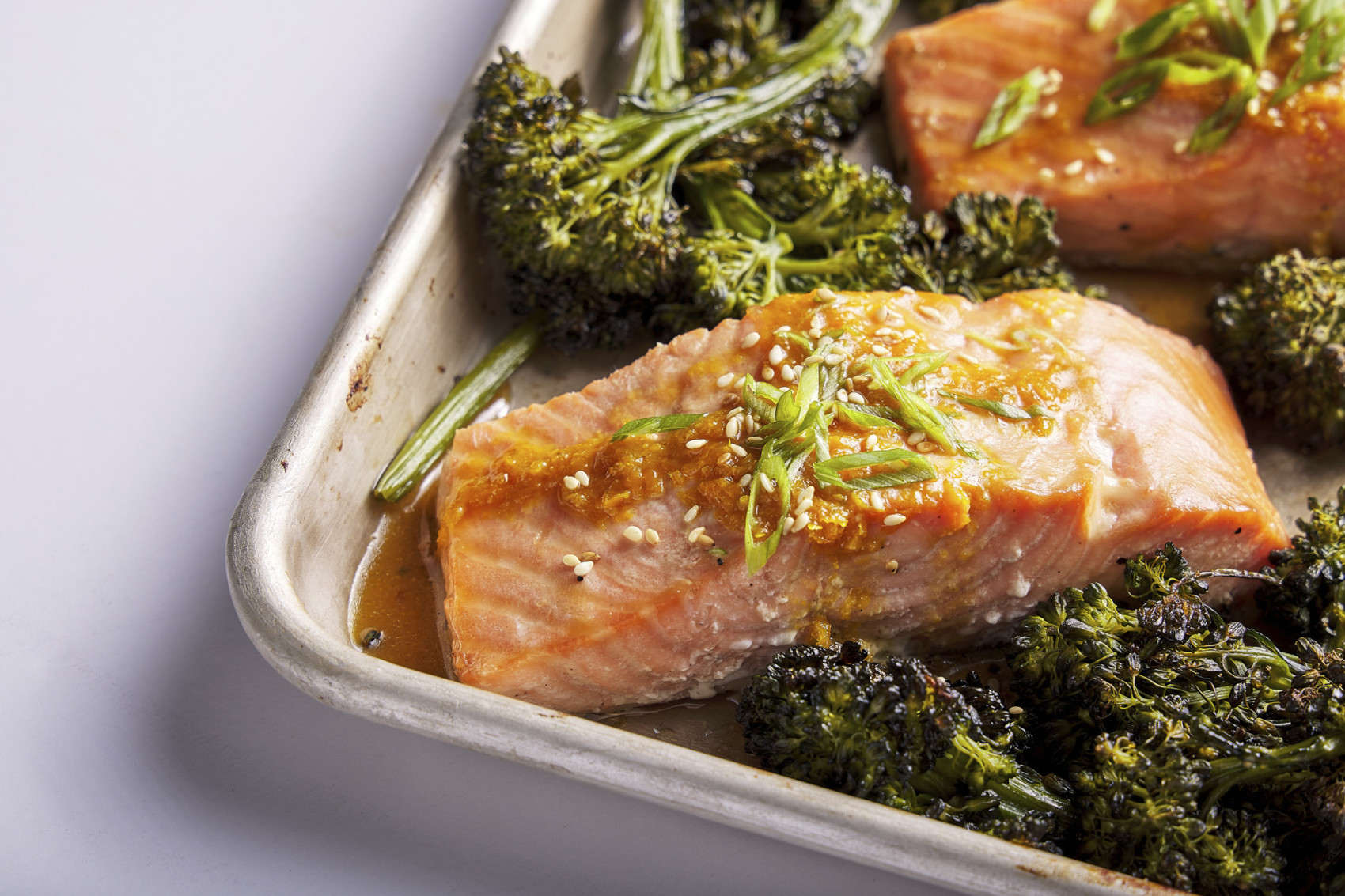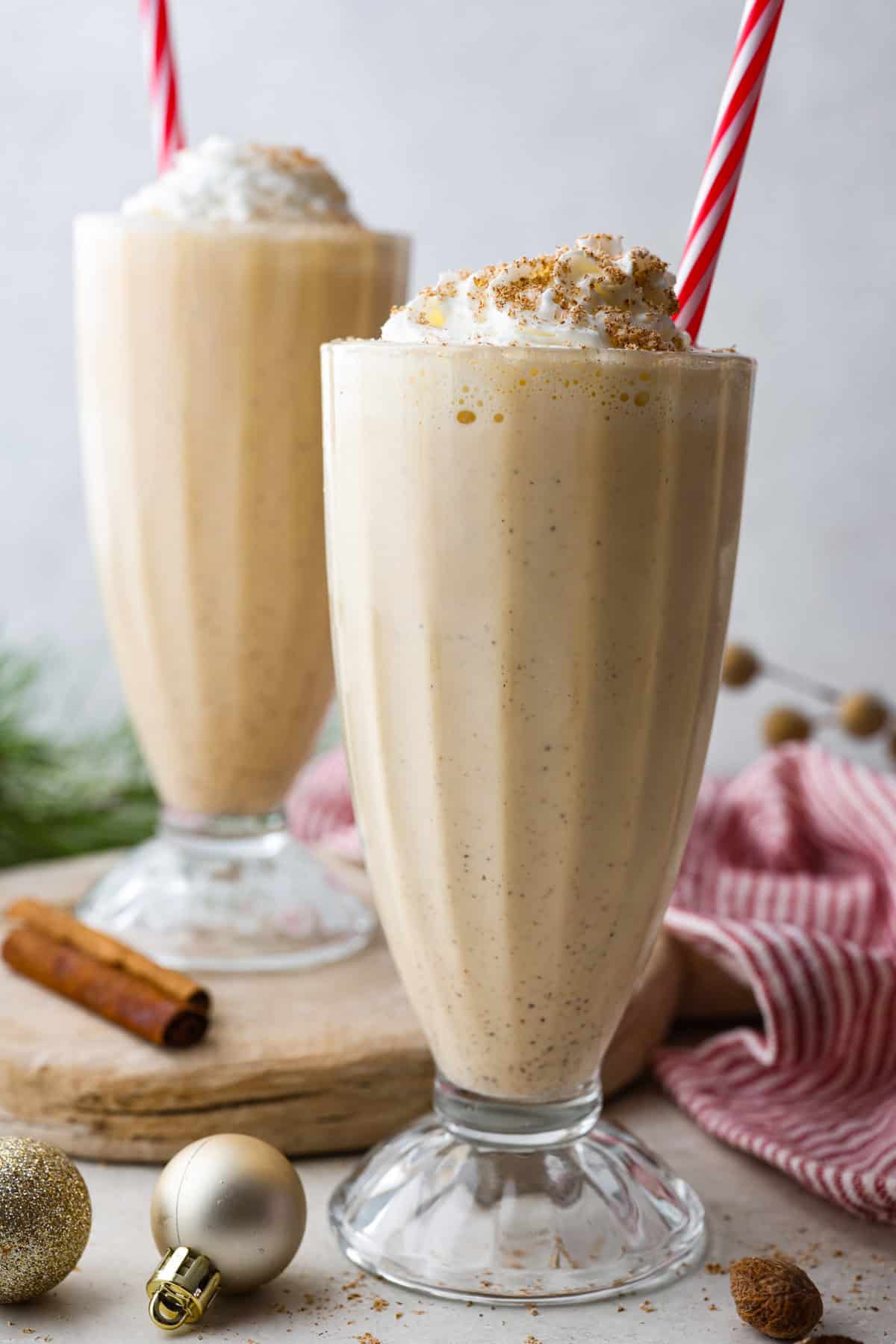While tea bags offer undeniable convenience, especially for those with busy schedules, loose leaf tea offers several advantages that make it worth the extra effort. Loose leaf tea offers tea enthusiasts a deeper appreciation of their brew, with enhanced flavor, aroma, and a richer nutrient profile.
This article delves into the advantages of loose leaf tea over tea bags, the best types of tea to make from loose leaf tea and the brewing process, and how to make tea bags from loose leaf tea, rounding off with some suggestions for utensils you might like to purchase, in order to make the best possible cup.
Loose Leaf Tea Vs. Tea Bags
Loose leaf tea stands out as a favorite among tea enthusiasts for its superior quality and versatility. From its richer flavor to its eco-friendly nature, it offers a more rewarding tea experience compared to traditional tea bags. Here’s why.
Richer Flavor and Aroma
Loose leaf tea offers notable advantages over tea bags, making it a preferred choice for tea lovers seeking quality and customization. Unlike tea bags, which usually contain finely ground or broken leaves that can result in a less flavorful brew, loose leaf tea uses whole leaves, allowing for a richer flavor and fuller aroma. This difference enhances the tea-drinking experience, with essential oils and flavors more effectively extracted from the whole leaves.
Higher Nutritional Value
In terms of health benefits, loose leaf tea retains more of its antioxidants, vitamins, and essential nutrients, which can be lost in the processing required for tea bags. This means that each cup of loose leaf tea has the potential to offer greater health advantages, making it a valuable choice for those who drink tea for wellness purposes
Customizable Strength and Flavor
Loose leaf tea is also highly customizable. Drinkers can control the strength and flavor by adjusting the amount of tea and steeping time. This flexibility also allows for blending different loose leaf teas to create unique flavors, a customization not easily achievable with tea bags.
Eco-Friendly and Sustainable
Another significant advantage is that loose leaf tea is often more eco-friendly. It usually comes with less packaging and avoids the microplastics sometimes present in tea bags, especially those made with non-biodegradable materials. By reducing waste, especially when bought in bulk and used with reusable infusers, loose leaf tea can be a more sustainable choice
Supports Smaller Producers
Additionally, loose leaf tea often comes from smaller producers who focus on quality, providing fresher and more diverse options, such as premium blends and single-origin varieties that are rarely available in bagged form. These benefits make loose leaf tea an appealing choice for anyone looking to enjoy a flavorful, eco-conscious, and personalized tea experience.
Of course, you can get most of the advantages with the convenience of tea bags by making your own (as discussed later).
Best Types Of Loose Leaf Tea

Here are some of the best types of Japanese green tea. Choosing the ideal Japanese loose leaf tea depends on personal taste and the experience you're seeking. Here are some popular options:
Sencha
Japan’s most common green tea, sencha offers a balanced mix of sweetness, bitterness, and umami, making it a refreshing everyday choice.
Gyokuro
Also known as "jade dew," gyokuro premium tea has a rich, sweet flavor and deep green color. Shaded before harvest, it has an intense umami and sweetness, making it ideal for a luxurious tea experience.
Genmaicha
A blend of green tea and roasted brown rice, genmaicha provides a toasty, comforting flavor, making it a great afternoon choice for relaxation.
Hojicha
Hojicha is a roasted green tea with a warm, nutty taste and lower caffeine content, ideal for evening drinking or for those who prefer a milder flavor.
How To Brew Loose Leaf Tea: Step-By-Step Guide
Brewing Japanese loose leaf tea is an art that brings out the delicate flavors and unique qualities of each type. Follow these simple steps to enjoy a perfectly brewed cup every time.
1. Select Your Tea: Choose one of the tea types mentioned earlier, such as sencha, gyokuro, hojicha, and genmaicha.
2. Measure the Tea Leaves: Use about 1 teaspoon (2-3 grams) of loose leaf tea per cup (240 ml) of water
3. Heat the Water to the Ideal Temperature
- Sencha: 70-80°C
- Hojicha and genmaicha: 80-90°C
- Gyokuro: 50-60°C
4. Rinse the Leaves: Add a small amount of hot water to the leaves and discard it. This awakens the leaves and removes impurities.
5. Steep the Tea
- Hojicha: 30 seconds to 1 minute
- Genmaicha and sencha: 1-2 minutes
- Gyokuro: 2-3 minutes
- Matcha: Whisk until frothy (no steeping required).
6. Serve and Enjoy!
Pour the brewed tea into your cup and savor its delicate flavors.
Reuse the leaves for subsequent infusions, adjusting steeping time accordingly. Be sure to discard any extra water between pouring to avoid over-steeping.
How To Make Tea Bags From Loose Leaf Tea

As indicated earlier, there is a way to enjoy all of the benefits of loose leaf tea with the convenience of tea bags. However, it may not be as easy as it sounds. Making tea bags from loose leaf tea requires careful steps to retain the tea's flavor and quality. Here’s an overview:
Selecting the Tea
Begin by choosing high-quality loose leaf tea, as the quality of the leaves will greatly affect the flavor and aroma of the final product. You can choose any of the types described in the previous section, but you should choose the best quality you can afford.
Measure the Tea
Measure an appropriate amount of tea for each bag. A standard amount is one teaspoon, or approximately 2 grams, per cup, though this can be adjusted based on how strong you like your tea.
Prepare the Bags
Use empty tea bags. These are available from specialty stores or online. Alternatively, you can make your own using cheesecloth or muslin cloth (beyond the scope of this article). These methods allow you to create a personalized tea bag that fits the amount of tea you prefer.
Filling and Sealing the Bags
Place the measured tea leaves into the prepared tea bags and follow the sealing instructions from the manufacturer.
Storing the Bags
Store the finished tea bags in an airtight container to maintain freshness until use. This method preserves the quality of loose leaf tea while offering the convenience of tea bags.
Utensils For Brewing

Brewing loose leaf Japanese tea at home is a charming ritual that involves a few key utensils, each designed to enhance the tea experience. Depending on what type of tea you are making you may not necessarily need all of the following. For example, if you are not a fan of Matcha, you will not need the Chasen or the Chashaku described below.
Kettle
You will definitely need some type of kettle to boil the water. An ordinary electric kettle will do the job but one with a temperature control to brew to the exact temperature is very useful especially for heat-sensitive varieties such as Gyokuro.
There is also something wonderful about Tetsubin (cast iron) kettles. For more information about Tetsubin items, see this article.
Kyusu
This is a traditional Japanese teapot, often with a side handle, crafted specifically for brewing Japanese green tea. Its design allows for precise pouring and an easy, efficient brewing process. A Kyusu often comes with a built-in tea strainer.
Another way of making tea is this heat resistant glass tea maker, which can be used for serving Japanese as well as Western tea. It can make homemade tea or flavored water easy by simply adding loose tea leaves or fruits with water. Its mesh strainer keeps out tea leaves and fruit bits when pouring, while the compact design fits conveniently in the fridge. The teapot features a cute, easy-to-read scale and a lid that allows tea leaves to expand fully, enhancing the brewing quality.
Other Items
Other useful items include tea strainers (if not built into the Kyusu), Yunomi, which are small, handleless Japanese tea cups, whose size and shape encourage a mindful tea-drinking experience, and, for storage, an airtight tea cannister to preserve the tea’s flavor and aroma by protecting it from air and moisture.
If matcha is your thing, you will also need a chasen bamboo whisk for preparing the matcha, creating smooth, frothy texture with all the powder blended in, and a chashaku, which is a bamboo scoop used for accurately measuring Matcha powder.
Experience The Rich Flavor of Loose Leaf Tea
Loose leaf tea has many advantages over standard tea bags. It offers a richer flavor, fuller aroma, and greater health benefits than tea bags due to whole leaves and minimal processing.
It allows customization of strength and flavor, supports eco-friendliness by reducing packaging waste, and often comes from small producers, offering fresher, diverse, premium options for tea lovers.
If you need the convenience of tea bags and want the above benefits, you also have the option of making your own bags.
Do you love loose leaf tea? Share your favorites and brewing tips in the comments below!













 English (US) ·
English (US) ·